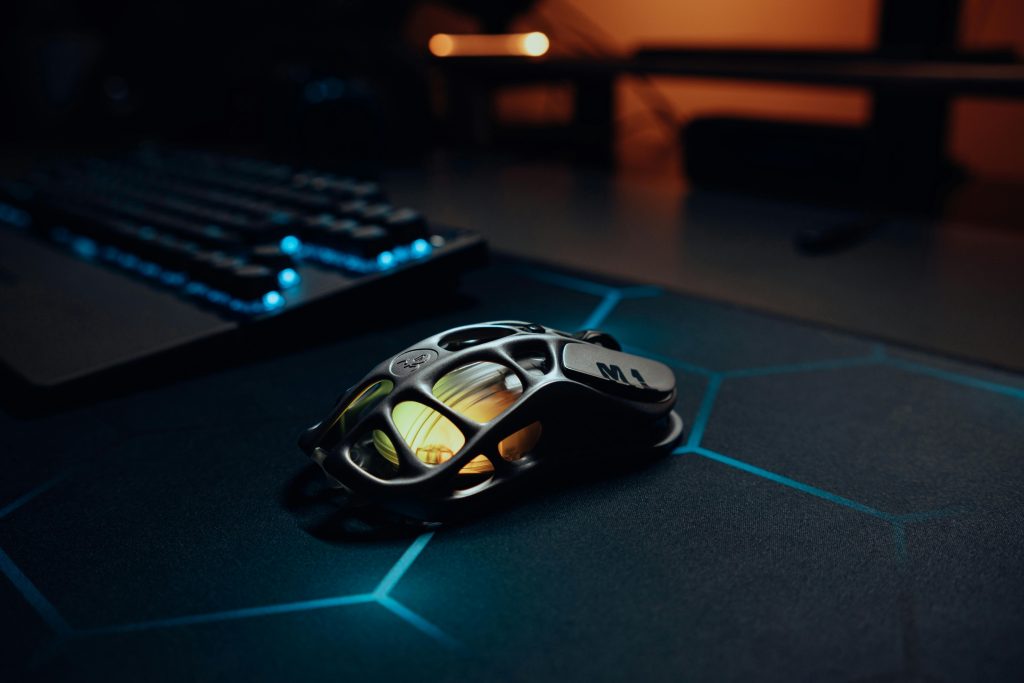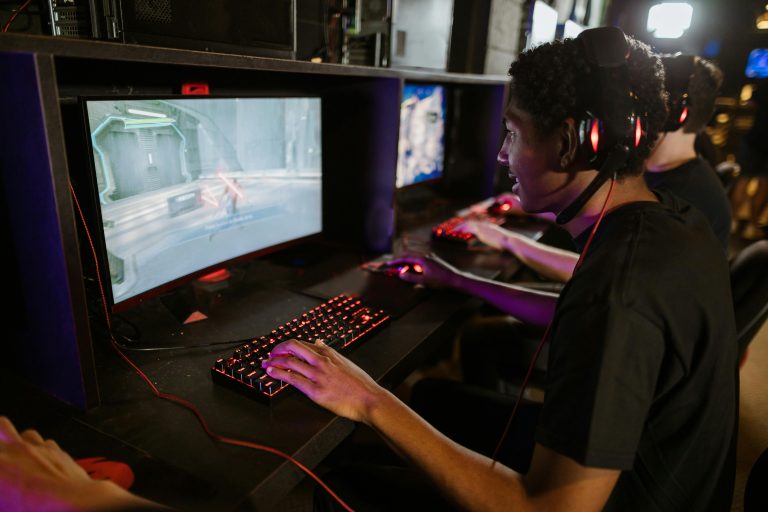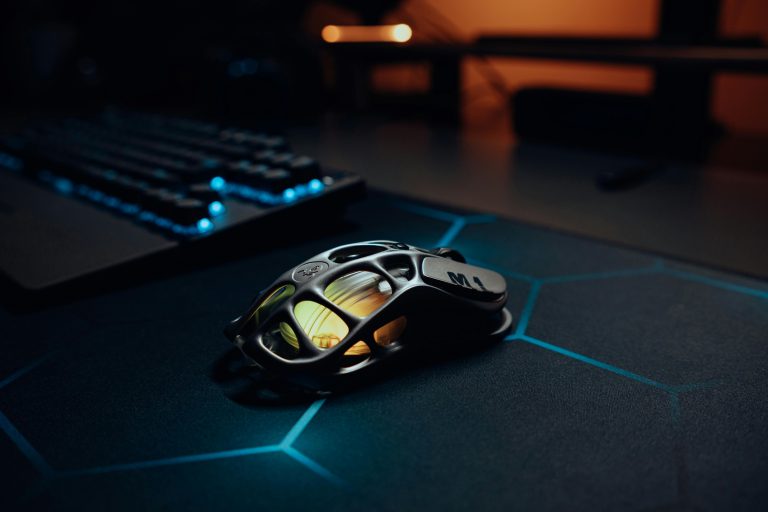
Gaming is a passion that shouldn’t be gatekept by exorbitant price tags. The common misconception is that to compete at a high level or to truly immerse yourself in your favorite virtual worlds, you need to spend a small fortune on the latest and greatest peripherals. While top-tier gear from renowned brands is fantastic, the truth is that the market is brimming with incredible value. You can absolutely build a setup that delivers high performance, durability, and comfort without obliterating your wallet. This guide is your roadmap to navigating the bustling marketplace of budget gaming gear, teaching you how to spot quality, prioritize your spending, and uncover those hidden gems that punch far above their weight class.
Rethink Your Priorities: What Truly Impacts Performance?
Before you spend a single dollar, it’s crucial to understand which components of your gear actually affect your in-game performance the most. Not all peripherals are created equal, and your budget should reflect that.
For competitive titles like first-person shooters (FPS) or real-time strategy (RTS) games, your mouse is arguably the most critical tool. A sensor with a high DPI (dots per inch) and a low LOD (lift-off distance) provides the precision and responsiveness needed for flick shots and accurate tracking. A comfortable shape that suits your grip style (palm, claw, or fingertip) is also vital for long sessions. You can often find last-generation or “esports edition” mice from reputable brands that feature the same high-performance sensors as their flagship models but at a fraction of the cost.
While mechanical keyboards are beloved for their tactile feedback, a budget membrane keyboard can still be perfectly functional for gaming. The performance difference between a $50 mechanical keyboard and a $200 one is often marginal and more about personal preference and build materials than actual in-game advantage. Allocate your funds where they matter most first.
Master the Art of the Hunt: Where and How to Shop
Knowing where to look is half the battle won. The days of being limited to big-box retail stores are long gone. A world of deals is available at your fingertips.
Embrace the Second-Hand Market
Websites like eBay, Facebook Marketplace, and even dedicated subreddits like r/hardwareswap are treasure troves for used gaming gear. Many enthusiasts upgrade their equipment frequently, selling their previous, perfectly functional gear at significant discounts. Look for sellers with good ratings and items listed as “like new” or “excellent condition.” You can often find high-end headsets, keyboards, and mice that are only a year or two old for 50-70% off their original retail price.
Keep a Laser Focus on Sales and Clearance
Timing is everything. Major sales events like Black Friday, Cyber Monday, and Amazon Prime Day are obvious opportunities, but don’t overlook constant clearance sections on retailer websites. Older models are frequently discounted to make room for new inventory. Signing up for newsletters from brands like Logitech, SteelSeries, HyperX, and Corsair can give you early access to sales and exclusive discount codes.
Don’t Overlook Lesser-Known Brands
The rise of brands like Redragon, UtechSmart, and Cooler Master in the peripheral space has been a boon for budget-conscious gamers. These companies often offer feature-packed gear—such as mice with Pixart sensors, keyboards with genuine mechanical switches, and large mousepads—at astonishingly low prices. Always read reviews and watch YouTube tutorials to assess the build quality and real-world performance before purchasing.
Key Features to Look For (And Ones to Ignore)
When evaluating a budget piece of gear, you need to know what specs are marketing fluff and what truly denotes quality.
- Mouse: Focus on sensor model (Pixart 3360/3389 variants are excellent), polling rate (1000Hz is standard), and shape. Ignore insanely high DPI numbers; most pros play between 400-1600 DPI.
- Keyboard: Look for the switch type (Outemu, Gateron, and Kailh are good budget mechanical switches). Keycap material (double-shot PBT is durable) and build construction (a metal plate adds weight and stability) are bonuses. RGB lighting is nice but shouldn’t be a primary buying factor.
- Headset: Prioritize comfort (earcup material and weight) and sound clarity over “7.1 surround sound,” which is often software-emulated. A good noise-canceling microphone is more important than bass-heavy drivers for clear communication.
- Mousepad: This is one area where you should never overspend. A large, stitched-edged cloth pad from a brand like SteelSeries QcK or Amazon Basics provides a perfectly consistent and durable surface for a minimal cost.
Invest in Your Throne: The Chair and Desk
Performance isn’t just about what’s in your hands or on your head; it’s about your entire posture and comfort. You don’t need a $500 “gaming” chair. A well-designed ergonomic office chair from a brand like IKEA or Staples, often found on sale or used, will provide superior lumbar support and breathability for long gaming sessions. Similarly, a simple, sturdy desk with enough room for your monitor, keyboard, and mouse is all you need. Check local second-hand markets for solid wood desks that are far more durable than particleboard alternatives.
Conclusion
Building a high-performance gaming setup on a budget is not only possible; it’s a rewarding challenge. By shifting your focus from brand names to actual performance metrics, embracing the second-hand market, and strategically shopping for sales, you can acquire gear that rivals the performance of setups costing twice as much. Remember, the best gear is the gear that feels right for you and allows you to play at your best without financial stress. Your skill, game sense, and strategy will always be the ultimate performance enhancers—everything else is just a tool. Now, go forth and game wisely.



